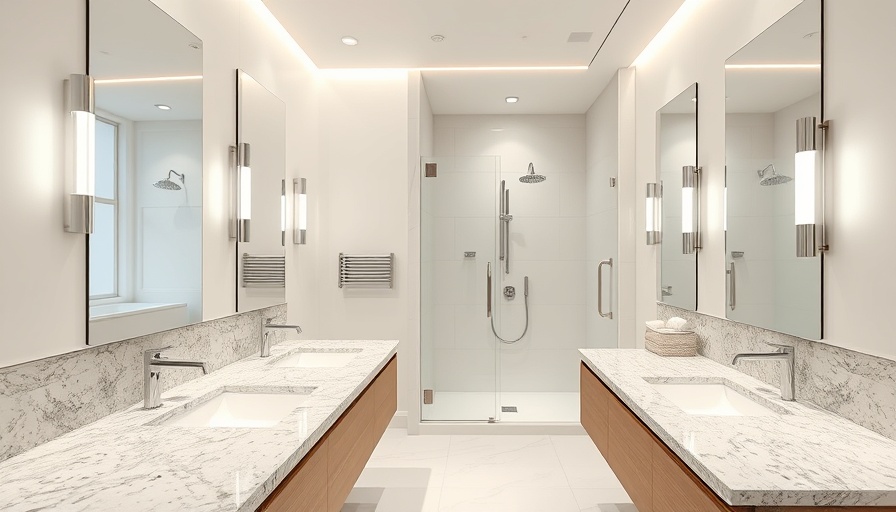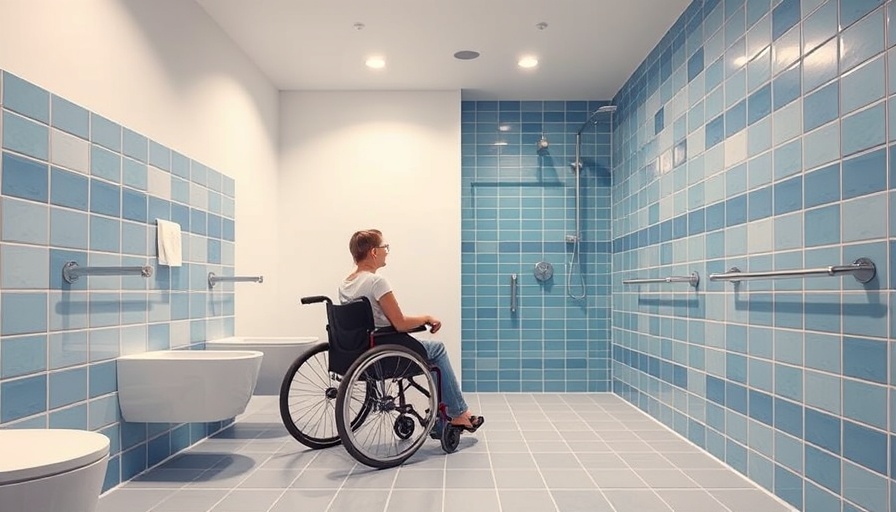
Understanding the Plumbing Process During Renovations
When it comes to renovating your kitchen or bathroom, it’s easy to focus on aesthetic choices like tiles and cabinets. However, the backbone of these renovations lies in the plumbing system, which plays a crucial role in the functionality and safety of your home. Properly managing plumbing during a renovation can save significant headaches and expenses down the line.
Planning Ahead
Before you start tearing down walls or pulling up flooring, create a well-defined plan for your plumbing work. This involves evaluating your existing plumbing system and determining any necessary changes. If you’re planning to move a sink or add new fixtures, expect adjustments to your water supply and drainage lines. Collaboration with a licensed plumber is vital, especially if your home uses outdated piping materials like galvanized steel.
Permits and Inspections Matter
Renovation often requires permits, which ensure that the work adheres to local building codes and safety standards. Your contractor or plumber usually handles this process, but it may extend your timeline.
Timing for Temporary Shutoffs and Upgrades
During renovations, you might experience temporary water shutoffs. Ensure these are scheduled during times of low water use. Additionally, consider upgrading outdated plumbing fixtures to enhance efficiency and boost your home’s value. Options like tankless water heaters or touchless faucets add modern conveniences and environmental benefits.
The Importance of Rough-in Plumbing
Once demolition is complete, the rough-in plumbing phase begins. This crucial step involves installing hidden components of the plumbing system. For kitchens, this typically includes water lines and gas hookups, while bathrooms require careful installation of drainage and water supply lines.
Choosing the Right Fixtures
When selecting new fixtures, keep your plumbing design in mind. Some modern sinks and toilets may have specific installation requirements that necessitate additional plumbing work. Sharing your fixture choices with your plumber enhances precision and reduces installation issues later.
Final Touches and Testing
After your renovation concludes, the plumber will manage the installation of visible fixtures. This is the moment your renovated space takes shape. It's critical to ensure all connections are secure and functional, emphasizing thorough testing of water flow and drainage after installations.
With proper planning and execution, your kitchen and bathroom can transform into efficient, beautifully functional spaces that meet your needs for years to come.
 Add Row
Add Row  Add
Add 



Write A Comment